Optimal Timing for Waterproofing Projects
Proper timing for waterproofing projects ensures optimal adhesion and durability. The most suitable periods are typically during mild, dry weather conditions when temperature and humidity levels are stable. This prevents issues like trapping moisture or poor curing, which can compromise the effectiveness of waterproofing materials.
These seasons offer moderate temperatures and low rainfall, ideal for waterproofing. Applying waterproofing in these months helps protect structures before heavy rains and extreme temperatures occur.
Late summer provides warm, dry conditions suitable for waterproofing. Early fall can also be effective, provided temperatures remain stable and there is minimal precipitation.
Winter and late fall are generally unsuitable due to freezing temperatures and high moisture levels, which hinder proper curing and adhesion of waterproofing materials.
Ideal conditions include temperatures between 50-85°F (10-29°C) and low humidity. These conditions support proper application and long-lasting results.
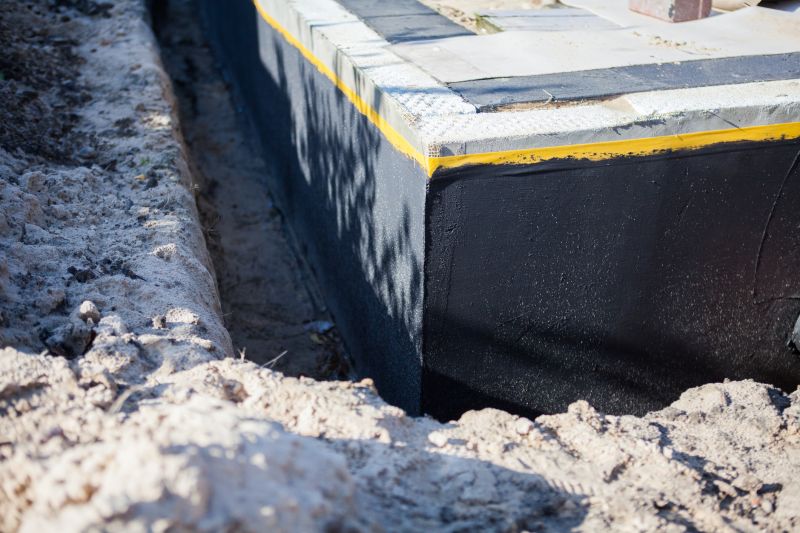
Ways to make Waterproofings work in tight or awkward layouts.
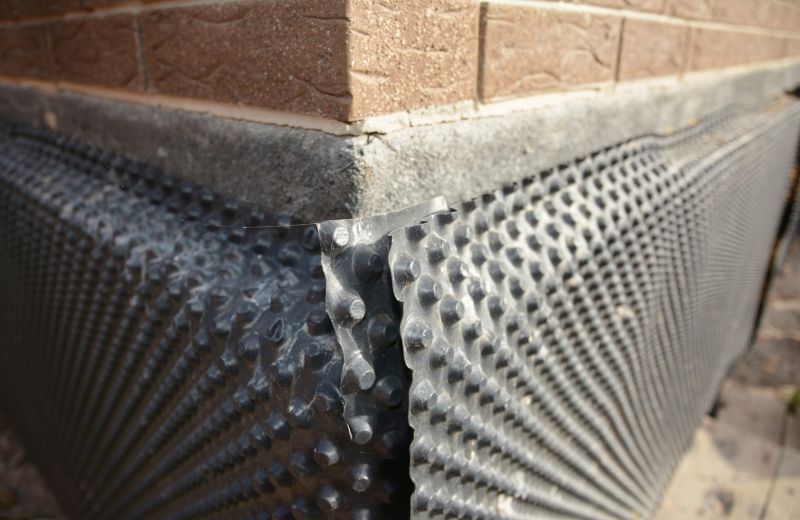
Popular materials for Waterproofings and why they hold up over time.
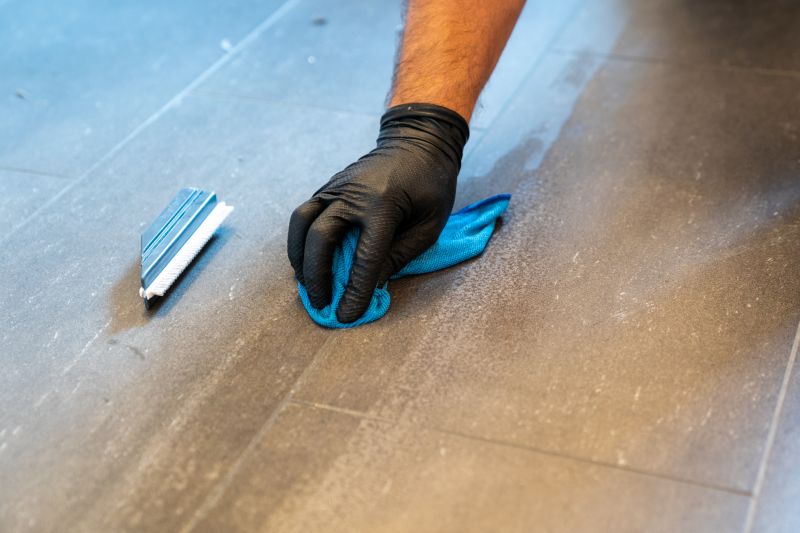
Simple add-ons that improve Waterproofings without blowing the budget.

High-end options that actually feel worth it for Waterproofings.

Finishes and colors that play nicely with Waterproofings.
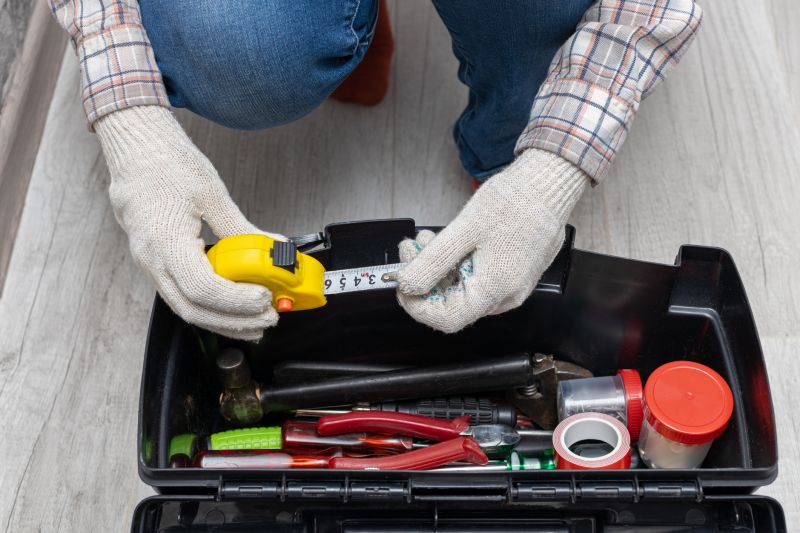
Little measurements that prevent headaches on Waterproofings day.
Waterproofings are essential for protecting structures from water infiltration, which can cause damage, mold growth, and structural deterioration. Proper waterproofing extends the lifespan of buildings and reduces maintenance costs. Advances in waterproofing materials have increased their effectiveness, with modern products offering flexible, durable, and weather-resistant solutions. Statistics indicate that timely waterproofing can prevent up to 80% of water-related damages, saving significant repair expenses over time.
The choice of waterproofing method depends on the structure type, exposure conditions, and local climate. Common techniques include membrane systems, liquid coatings, and sealants. Proper application during the right season enhances adhesion and performance, ensuring long-lasting protection against water intrusion.
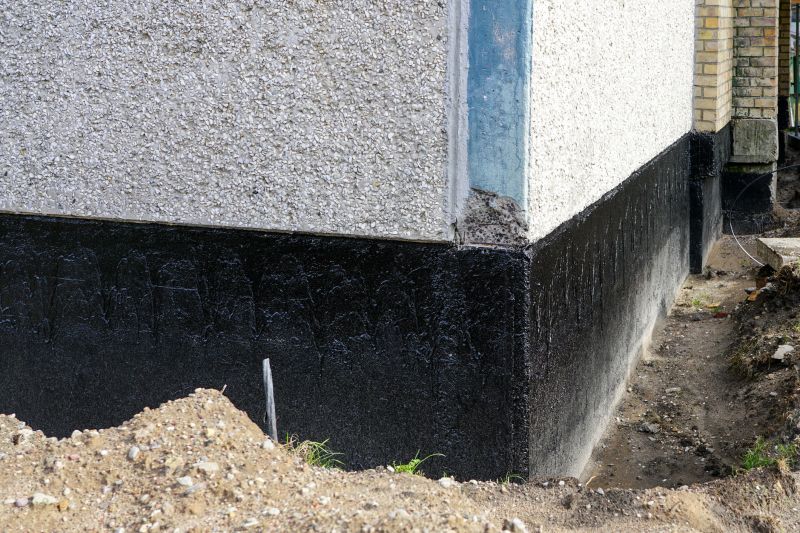
A 60-second routine that keeps Waterproofings looking new.
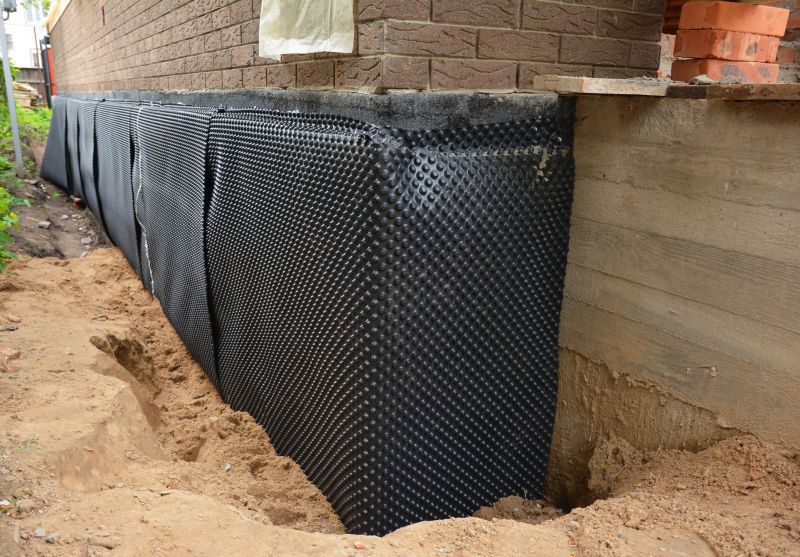
A frequent mistake in Waterproofings and how to dodge it.
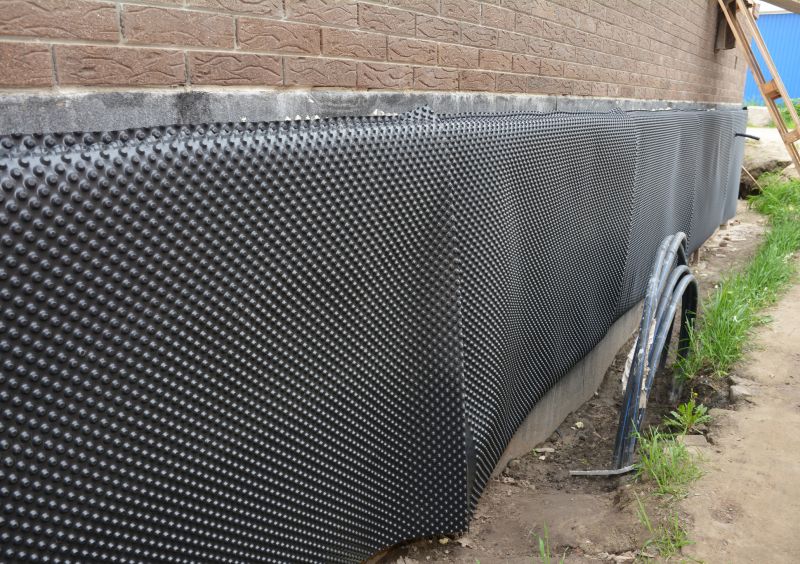
Small tweaks to make Waterproofings safer and easier to use.
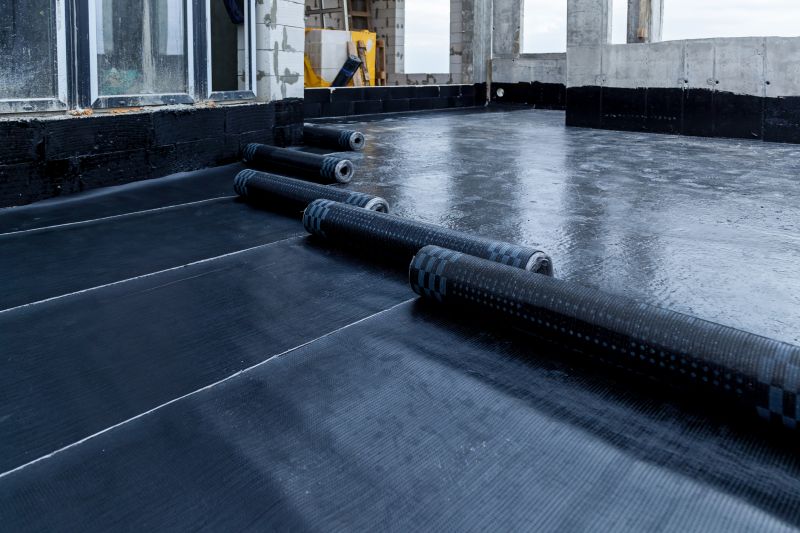
Lower-waste or water-saving choices for Waterproofings.
| Season | Ideal Conditions |
|---|---|
| Spring | Temperatures 50-75°F, low humidity, dry days |
| Early Summer | Warm, dry, stable weather |
| Late Summer | Warm, low rainfall, suitable for application |
| Early Fall | Moderate temperatures, minimal rain |
| Winter | Freezing temperatures, high moisture, unsuitable |
Interested in waterproofing solutions for a property in Sandusky, OH? Filling out the contact form can provide tailored recommendations and scheduling options to ensure optimal protection for structures against water damage.


